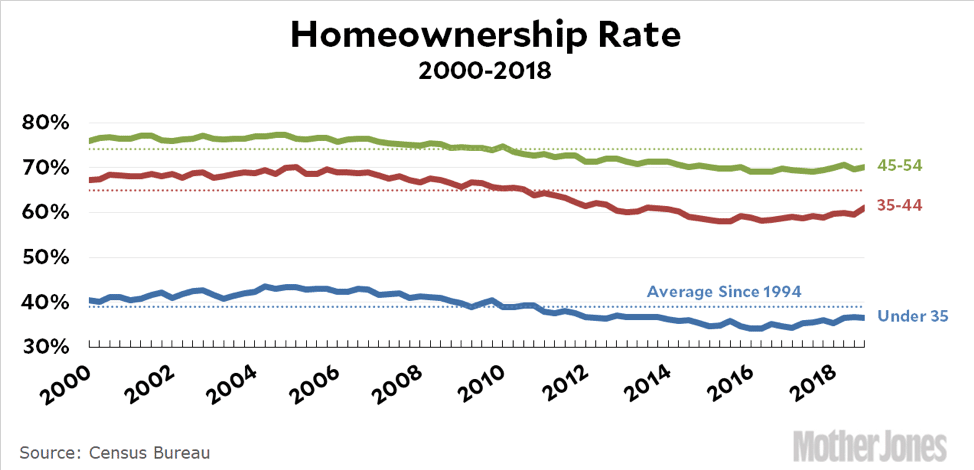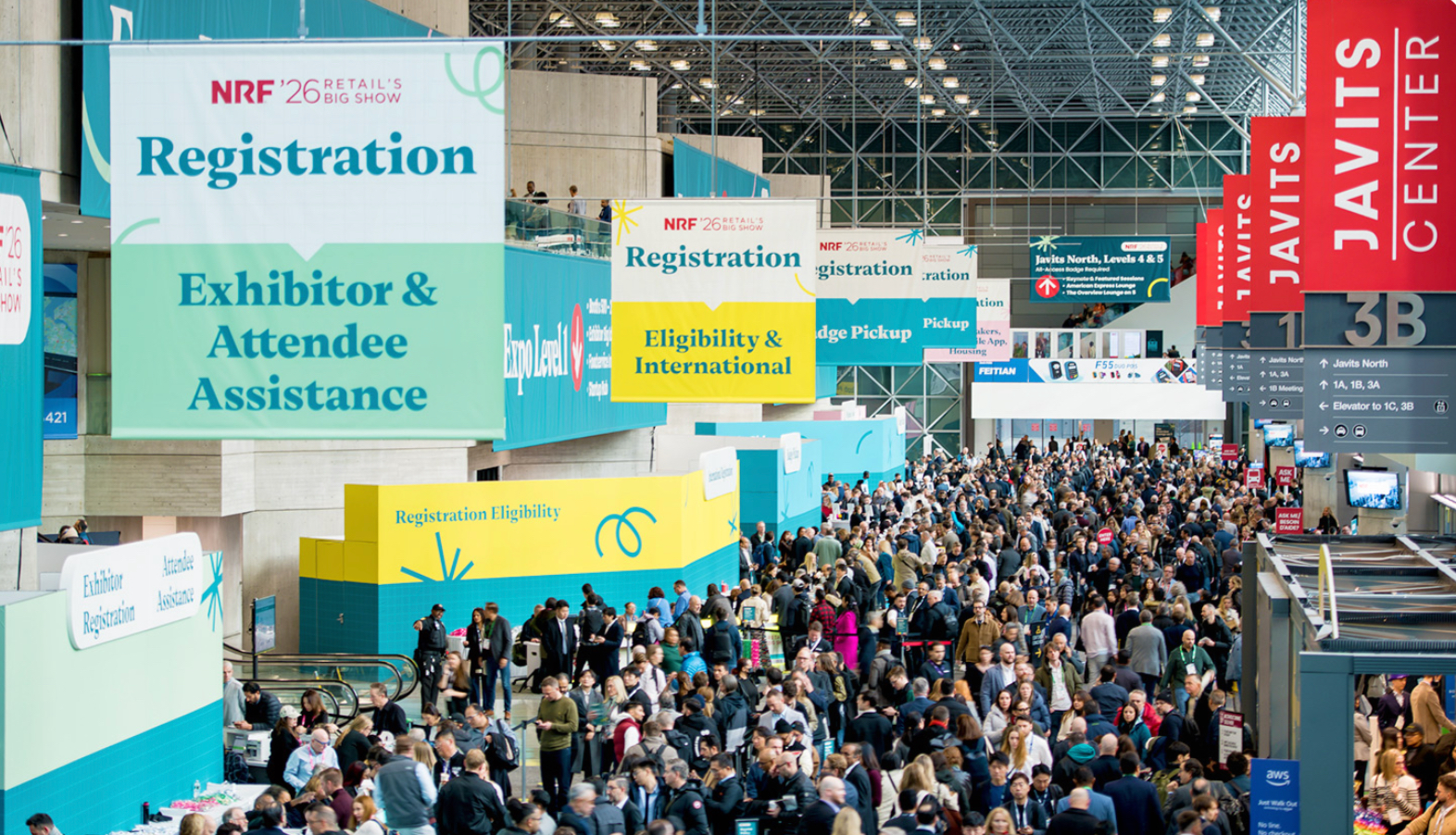
By Any Other Name: A Look at Rent as a Subscription Service
Agreement to use a service for a particular duration? Check. Paying for the service on a monthly basis? Check. Keeping customers satisfied so they continue to renew? Check. It seems the rental business and the subscription business have a lot in common.
...
HELLO!
This premium article is exclusively reserved for Subscription Insider PRO members.
Want access to premium member-only content like this article? Plus, conference discounts and other benefits? We deliver the information you need, for improved decision-making, skills, and subscription business profitability. Check out these membership options!
Learn more about Subscription Insider PRO memberships!
Already a Subscription Insider PRO Member?
Please Log-In Here!








